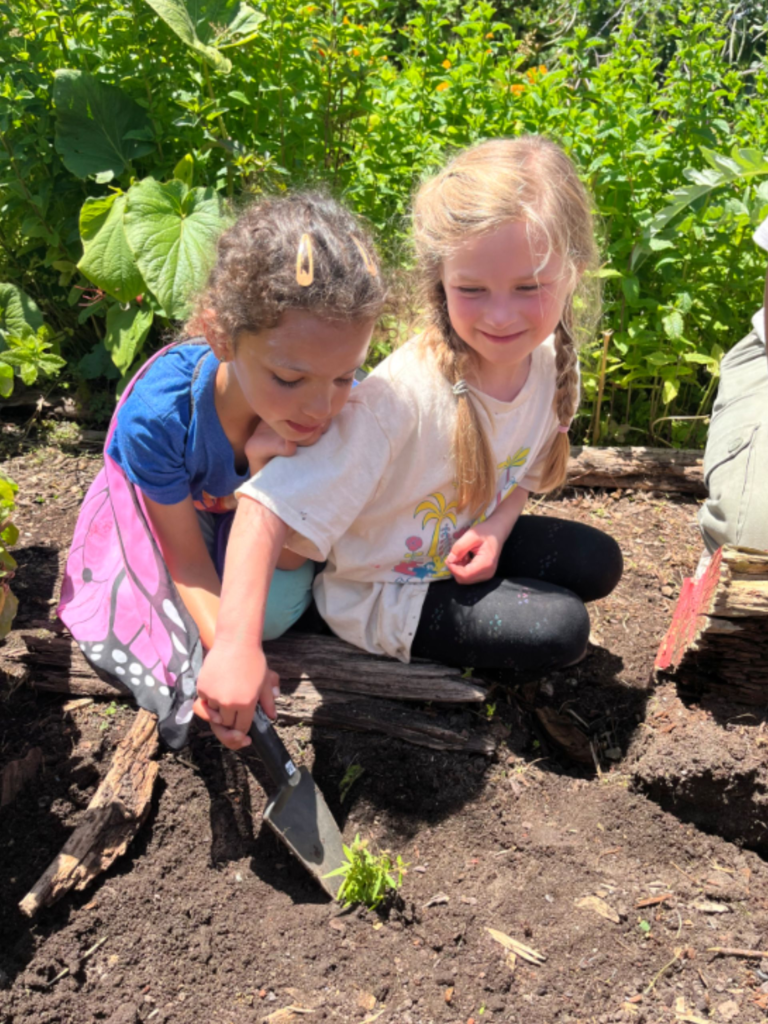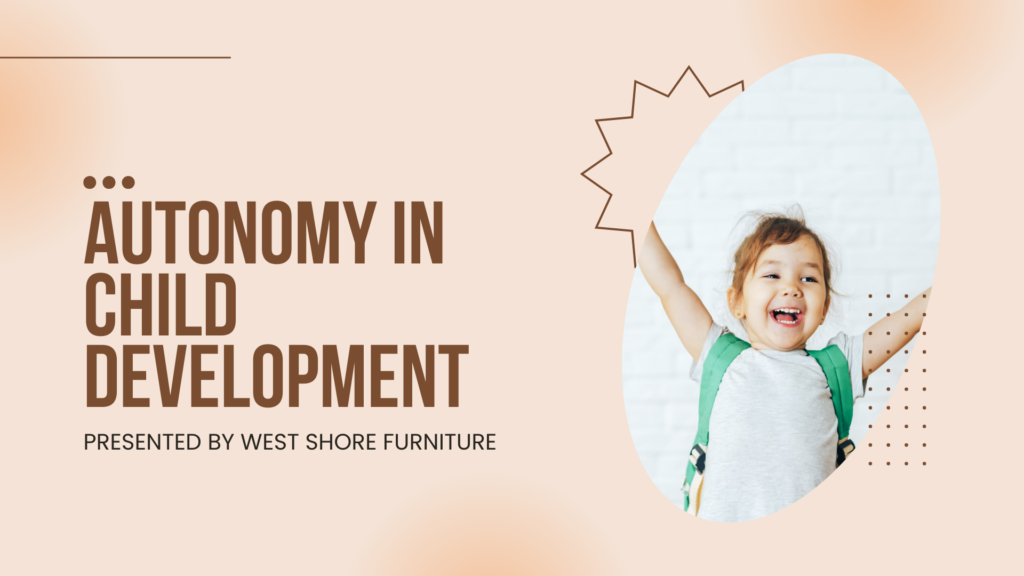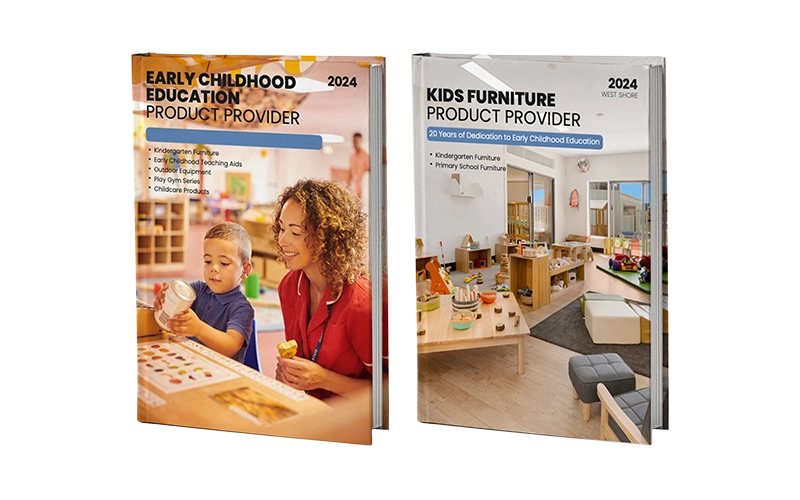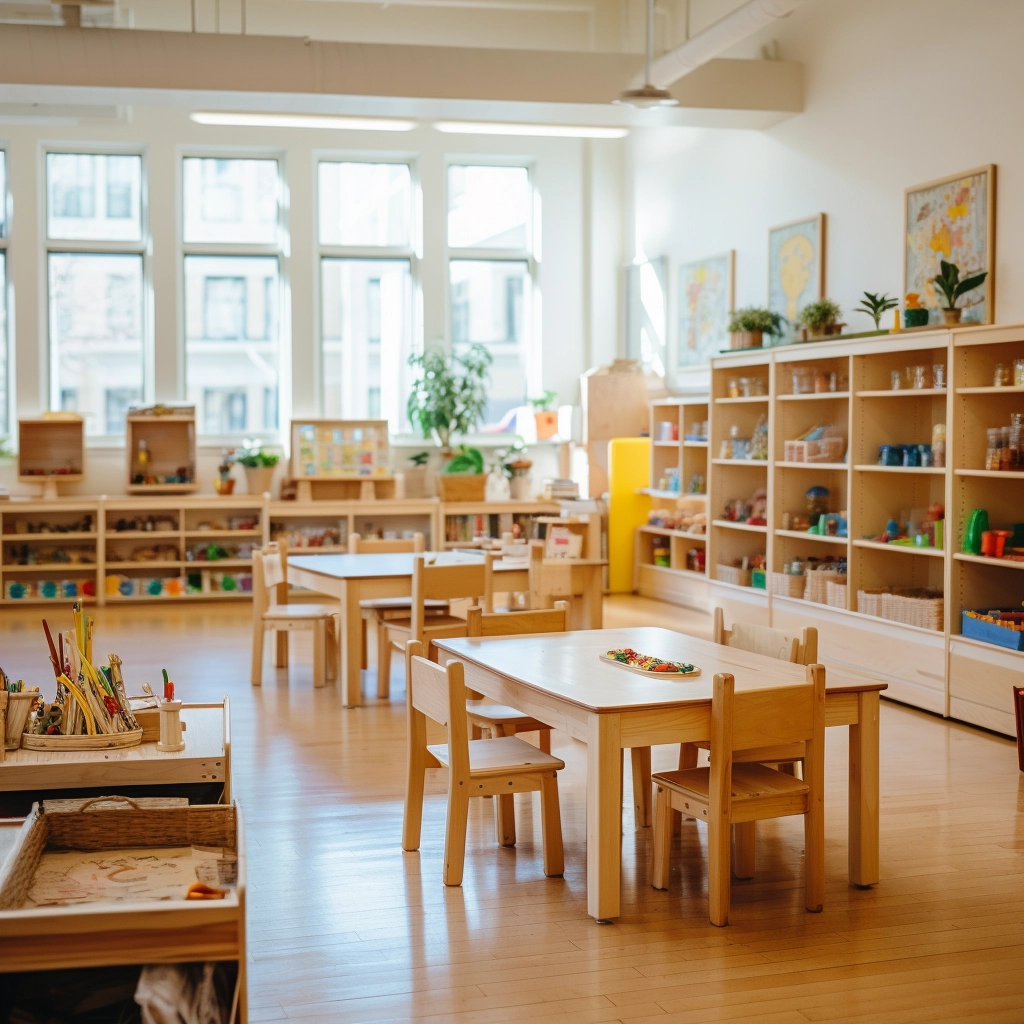Have you ever wondered how much freedom a child should have to make decisions? How does allowing a child to act influence their development? Why is autonomy so vital for children’s cognitive and emotional growth? Let’s dive into the significance of autonomy in child development.
Autonomy is a fundamental part of growing up. Allowing children to choose for themselves helps develop their decision-making skills and fosters independence. It enhances their cognitive and emotional growth and lays the foundation for self-confidence and resilience.
Children are naturally curious and eager to explore. As parents, educators, and caregivers, supporting and encouraging their autonomy is crucial. Giving them opportunities to make decisions, even small ones, allows them to develop a sense of control over their lives.

What is Autonomy in Child Development?
In Erik Erikson’s psychosocial theory of development, autonomy plays a significant role in the second stage, which occurs roughly between the ages of 1 and 3. This stage is referred to as “Autonomy vs. Shame and Doubt.” According to Erikson, the primary challenge for children during this period is developing a sense of independence while learning to navigate social expectations and responsibilities.

The Autonomy vs. Shame and Doubt Stage
During this stage of development, children begin to assert their independence. As they grow, they explore their environment more actively, learning to walk, talk, and interact with the world around them. They develop control over their bodies and start making decisions about simple tasks—such as what to wear or eat. This newfound sense of control is what Erikson refers to as autonomy.
Autonomy means that the child feels confident in their ability to make decisions, complete tasks, and regulate their actions. However, it is crucial to understand that autonomy does not happen overnight; it’s a gradual process that requires the child’s environment to be supportive and encouraging. For example, caregivers who provide choices rather than imposing strict control encourage children to develop this autonomy.
The Role of Shame and Doubt
While autonomy is a central theme in this stage, shame and doubt are opposing forces. If caregivers are too controlling, overly critical, or do not allow children to make their own decisions, the child may feel shame or doubt about their abilities. For instance, if a child is constantly told “no” or is punished for making mistakes, they may question their decisions, competence, and ability to act independently. This can lead to shame and doubt about themselves and their ability to make choices.
Erikson believed that the balance between autonomy and shame/doubt is crucial. Children encouraged to make choices and explore their independence in a safe, supportive environment develop confidence and self-reliance. On the other hand, if their freedom is stifled, it can lead to a lack of self-confidence and an ongoing struggle to trust their abilities.
Autonomy in Action
Autonomy in child development, according to Erikson, isn’t about total freedom or a lack of boundaries. Instead, it’s about supporting children’s ability to make decisions within a framework of understanding and guidance. For example, a toddler may be allowed to choose between two snacks or decide which toy they want to play with, but the parent might still set limits, such as having a specific time for a nap or bedtime. This balance of freedom and structure helps the child feel empowered without becoming overwhelmed or confused.
By fostering autonomy during this critical stage, caregivers help children develop a strong sense of self and the confidence to explore their world. These early experiences lay the foundation for further phases of development, where children will continue to develop essential social, cognitive, and emotional skills.

The Meaning of Autonomy in Child Development
Autonomy in child development refers to the process of becoming independent. For children, this means making choices, taking responsibility for those choices, and learning from the consequences. It’s a developmental milestone that empowers children to engage in self-regulated activities, crucial for their emotional and cognitive growth.
When autonomy is nurtured, children feel confident in their ability to take initiative. They learn to trust their instincts, which builds resilience and self-esteem. As children gain autonomy, they also develop problem-solving skills, emotional regulation, and an understanding of social norms.

How to Encourage Autonomy in Children
Encouraging autonomy in children requires a thoughtful approach. The goal is to create an environment where children feel safe to make decisions, explore, and take responsibility for their actions. Here are some ways to encourage autonomy:
Provide Choices
Offering children choices allows them to feel empowered and in control. Instead of saying, “You must wear this,” offer two options: “Would you like to wear the red or blue shirt today?” This encourages decision-making and helps children feel that their preferences are valued.
Encourage Independent Problem-Solving
Instead of solving problems for them, guide children through independent thinking and challenges. For example, if a child struggles with a puzzle, ask questions like, “What do you think should come next?” This fosters critical thinking and helps children feel competent.
Allow for Natural Consequences
When children make decisions, allow them to experience the good and bad consequences. If a child chooses to leave their lunch at home, they will learn the result of being hungry. This teaches responsibility and helps them understand cause and effect.
What Kind of Activity Would Best Support the Development of Autonomy in a Child?
Supporting autonomy in children involves allowing them to make choices and take responsibility for their actions. Certain activities are particularly effective at nurturing this developmental milestone. Here are some activities that can best support a child’s autonomy:
1. Free Play
Why it helps: Independent play is one of the best ways to foster autonomy. It encourages children to choose their activities, set goals, and explore the world at their own pace. This form of play allows children to engage with their imagination, develop problem-solving skills, and learn how to self-direct.
How to implement it: Create a safe, stimulating environment where children can explore freely. Provide a variety of toys, games, and materials that promote creativity, like blocks, art supplies, or open-ended toys (e.g., dolls, cars, building sets). Let children decide how to use these materials and what stories or scenarios they want to act out.
For example, a child may build a fort with cushions and blankets, inventing a whole imaginary world. During independent play, children practice self-control and decision-making, both key aspects of developing autonomy.

2. Montessori-Inspired Activities
Why it helps: Montessori-inspired activities encourage children to engage in hands-on learning that they can control. These activities are designed to pro00000000000000000mote independence, concentration, and confidence. Children can choose activities based on their interests, allowing them to develop critical thinking skills and self-regulation.
How to implement it: Provide materials encouraging active participation, such as sorting trays, Montessori math manipulatives, or practical life activities like pouring, sweeping, or buttoning. The key is to allow children to explore these materials and complete tasks independently.
For example, a child might use a spoon to transfer beans from one bowl to another, practicing fine motor skills and concentration. In a Montessori environment, children often work at their own pace, learning to decide what to do next and how to solve their challenges.
Montessori activities encourage autonomy because children are not simply following instructions but are actively involved in their learning process. This kind of independence fosters confidence and a strong sense of accomplishment.

3. Gardening and Caring for Plants
Why it helps: Gardening offers children a hands-on way to practice autonomy. It encourages responsibility, patience, and long-term thinking—key traits for developing a sense of self-sufficiency. Children learn to make decisions about plant care, from choosing what to plant to figuring out how much water and sunlight the plants need.
How to implement it: Set up a small garden in your backyard or with indoor plants. Allow children to choose which plants or flowers they want to grow and teach them how to care for them. Assign specific tasks, such as watering the plants or monitoring their growth. As children take ownership of these plants, they begin to understand the consequences of their actions (e.g., overwatering, neglecting the plants) and how their decisions directly impact their environment.
Gardening is an excellent way to reinforce autonomy because it combines practical life skills with emotional responsibility. Children can choose what to plant and learn to care for living things, understanding the importance of nurturing and responsibility.

These activities empower children to learn from their experiences, navigate challenges, and make confident decisions in their daily lives—laying the foundation for future emotional and cognitive growth.
FAQs
1. How can I encourage my child to become more independent?
Provide opportunities for decision-making in daily routines, like choosing clothes or snacks. Allow them to solve simple problems on their own, such as choosing which toy to play with. Encourage independent play, where they can explore and create without direct supervision. Let them take responsibility for small tasks like tidying up their toys or setting the table. Offer praise for their efforts, fostering confidence and a sense of accomplishment.
2. What are some examples of activities that promote autonomy in children?
Montessori-inspired activities that allow children to choose their tasks and work independently. Gardening activities where children can decide which plants to care for and manage their growth. Simple problem-solving challenges like puzzles or games that require them to think critically. Providing choices in daily routines, such as selecting clothes or deciding what to eat. Allowing children to take charge of their personal tasks, like brushing their teeth or organizing their toys.
3. How does autonomy affect a child’s emotional development?
Autonomy helps children develop a sense of self-confidence and self-esteem. It teaches them to take responsibility for their actions and decisions, fostering a sense of independence. Allowing children to make choices helps them feel in control, which can reduce anxiety and promote emotional stability. When children experience the consequences of their decisions, they learn emotional regulation and resilience. Autonomy also helps children understand their own needs and desires, contributing to emotional maturity.
Conclusion
Encouraging autonomy in children is one of the most critical aspects of their early development. By providing opportunities for children to make choices, solve problems, and take responsibility for their actions, we foster their independence and equip them with the skills they need to thrive socially, emotionally, and intellectually. Activities like independent play, Montessori-inspired tasks, and daily decision-making are all powerful ways to support the development of autonomy in young children, helping them build confidence and resilience.
At West Shore Furniture, we understand the importance of creating environments that support and nurture children’s growth. With over 20 years of experience in the preschool furniture industry, we specialize in providing a wide range of high-quality, customizable furniture designed to enhance the learning and development of young children. From classroom design and furniture customization to production and delivery, we offer a comprehensive one-stop service to meet the unique needs of educational spaces. Whether you’re looking for functional tables, chairs, or other preschool furniture in various styles and sizes, we’re committed to delivering solutions that foster independence and creativity in your students.
Feel free to explore our collection of preschool furniture and discover how we can help transform your learning environments today.





